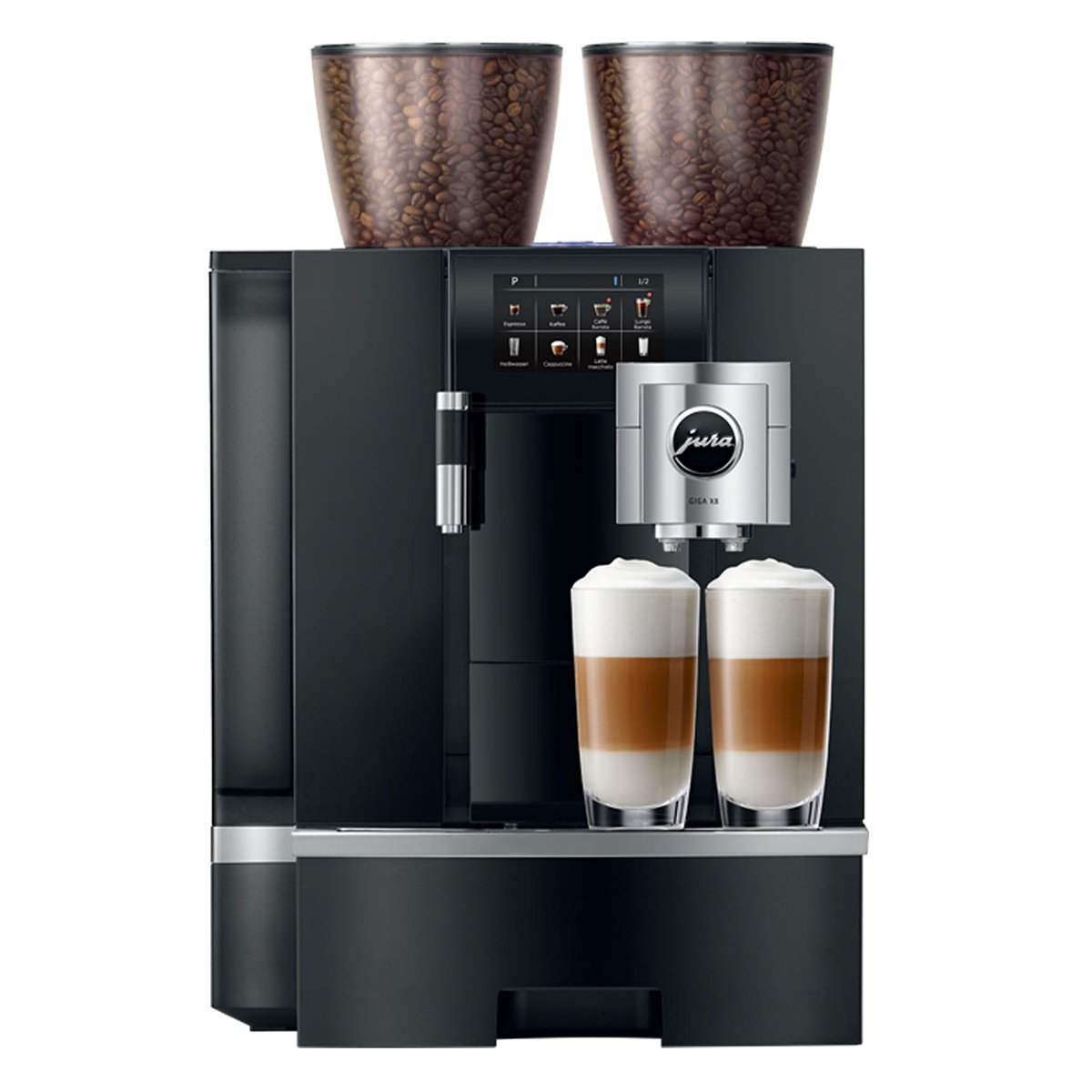Exploring the Best Coffee Farms and Techniques in Mesoamerica: A Coffee Lover's Dream Come True
Are you a coffee lover looking to expand your knowledge of the best coffee farms and techniques in Mesoamerica? Look no further! In this blog post, we will take you on a journey to some of the best coffee farms and explore the techniques used to produce some of the world's finest coffee.
Our journey begins with a group of coffee experts, including Marten from "The brick Coffee", Michal from "Dobra Palarnia Kawy", Rob Clarijs from "A Matter of Concrete", Tomas Meckovskij from "Cofmos Coffee Roasters", Anatolik and Julia from Fest Coffee Mission, and our co founder - Dorin - from 112 Coffee & Co. We visited some of the most renowned coffee farms in El Salvador, Guatemala, and Honduras to explore the techniques used in producing high-quality coffee.






Our first stop was at Cafescal - Beneficio el molino, which is a coffee cooperative of farmers in El Salvador. Here, we sampled over 70 coffee samples from various farmers, including washed, natural, and experimental coffee. We even got to taste coffee that had been fermented with oranges and mandarins for various intervals of time, ranging from 24 to over 100 hours.
Next, we visited Ferma las delicias, where we saw the coffee plants and various coffee varieties, including geisha, pink bourbon, caturra, catuai, yellow bourbon, and old bourbon. We also saw the processing station, where the coffee is fermented and dried on suspended beds.
At the processing, sorting, and shipment point, we saw the equipment used for processing, sorting, quality management, and the various technologies used. We also saw the first patio, which is a concrete platform used for drying coffee. Here, we had the chance to flip the coffee beans exposed to dry on these platforms.
We then traveled to Guatemala City to visit the green coffee exporters at Unitrade Coffee. We saw the processing equipment used for coffee and visited Concepcion Buena Vista in Guatemala City, where we learned about the types of soil, temperatures, altitudes, and how they influence coffee fruit.
Our next stop was at Beneficio Bella Vista in Antigua, where we learned about the coffee varieties in Central America. We also visited Honduras Cooperative Aruco, where we learned about the delivery of green coffee to the world, including transportation methods, types of sacks used, and moisture control.


